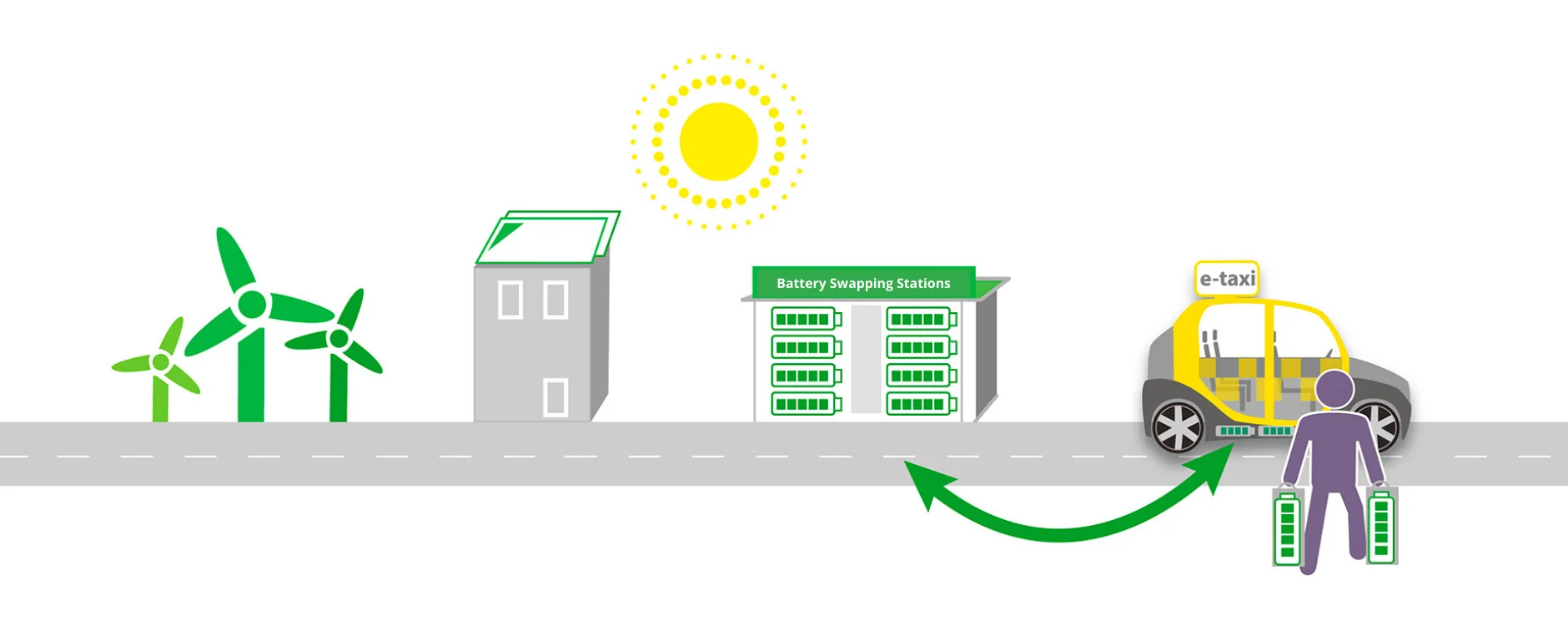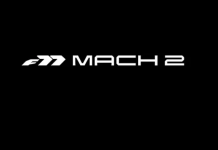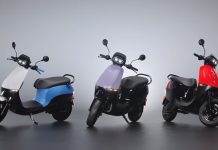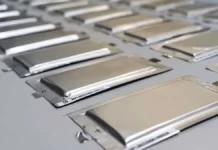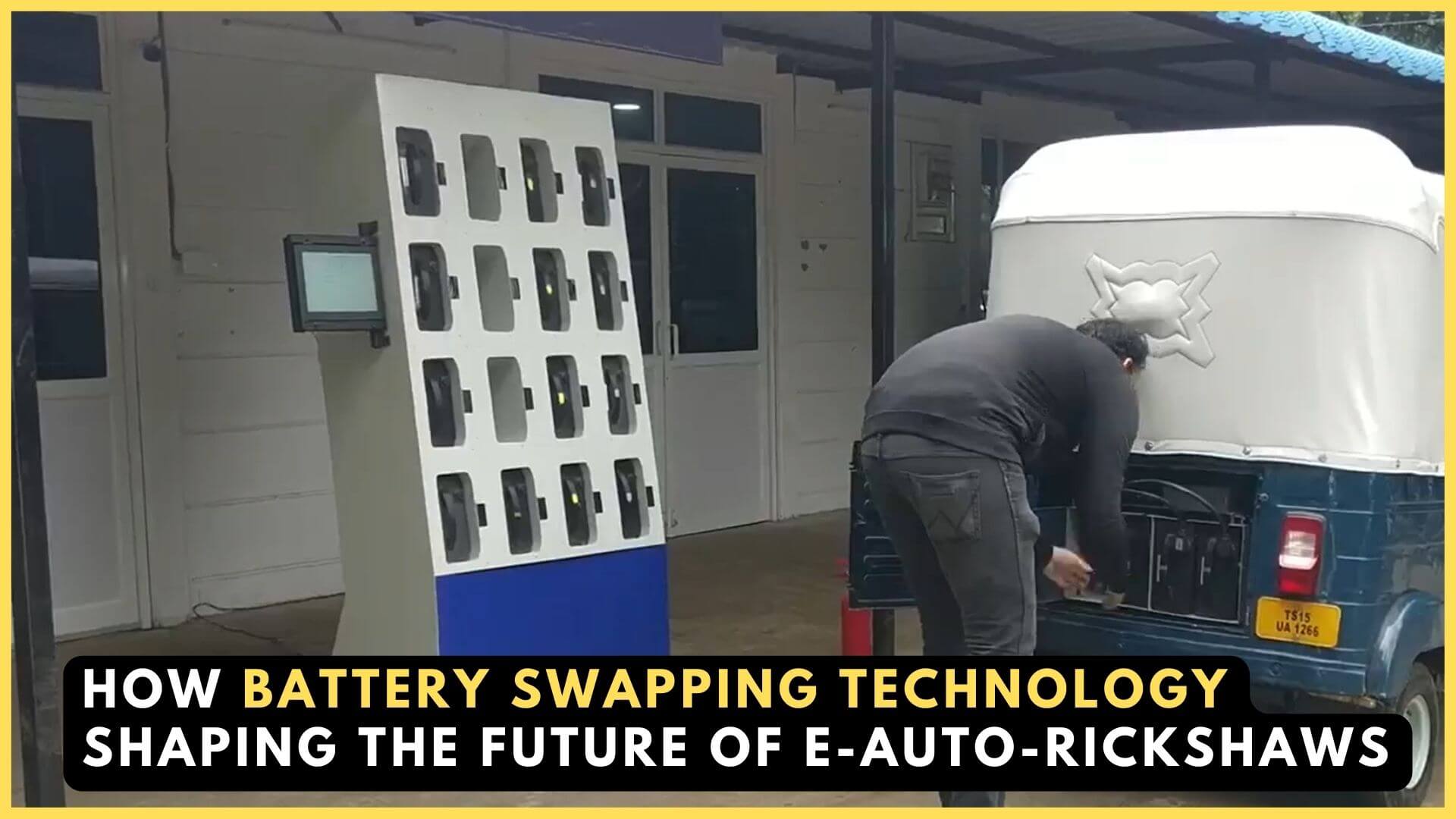 Auto-rickshaws have long been an integral part of people’s daily transport. However, as the automobile industry moves towards fleet electrification, auto-rickshaws are also being replaced by electric rickshaws.
Auto-rickshaws have long been an integral part of people’s daily transport. However, as the automobile industry moves towards fleet electrification, auto-rickshaws are also being replaced by electric rickshaws.
And, the major challenges faced by electric auto-rickshaws and all-electric vehicles, in general, are range concerns and long charging times.
Today, we will discuss these challenges and their solutions and how is battery swapping Technology is shaping the future of electric auto-rickshaws in India?
Table of Contents
Challenges for Electric Auto-rickshaw Fleets?
The biggest problems faced by electric auto-rickshaw fleet owners include range concerns and long charging times. And both of these are major roadblocks for electric auto-rickshaws before they take their place in mainstream transport.
- Range Anxiety: In India, an average auto-rickshaw travels 90-100 kilometers per day, and the range provided by an electric auto-rickshaw in India ranges from 85 kilometers to 130 kilometers per charge.
In such a situation, there is every possibility that there is a power failure during the busy routine, which causes problems to the drivers. While this will not be a problem in vehicles powered by IC engines, why would the vehicle operator decide to shift to an EV?
- Long Charging Time: The average charging time for the electric auto-rickshaws ranges from 4 hours to 6 hours depending on the battery capacity. While IC engine-powered vehicles have a short fueling time, charging electric auto-rickshaws daily becomes a tedious task.
- Other challenges include the high upfront cost of EVs, which are 20-40% more expensive than IC-powered Rickshaws, and the high replacement cost of the battery, which is estimated to be replaced every four to five years, making auto-rickshaw driving a costly business.
What is the Solution then?
‘Battery Swapping Technology‘ is one of the best solutions to all the problems mentioned above. The battery swapping technique involves replacing or Swapping a drained battery to a fully charged battery.
These can be accomplished with the help of battery swapping stations, where the auto driver can swap the battery in a matter of minutes.
In this case, the range is not a concern as the battery can easily be replaced when it is on the verge of exhaustion and takes just a little bit as long as the refueling system.
This technology can reduce the upfront cost of electric vehicles by 20-40% and can also increase the efficiency of the vehicle. Plus, these battery swapping stations consume less land than traditional charging stations, making them a suitable alternative.
Why Battery Swapping Stations?
Battery swapping stations are already a reality in a country like India. Ola has a battery-swapping station in Gurgaon for electric auto-rickshaws with 14 units and 20 batteries per unit, which can power 100+ electric rickshaws.
Mr. Arun Sreyas Reddy, founder of RACEnergy has shared a post on LinkedIn giving this glimpse of this technology. He mentioned,
” For over half a century auto-rickshaws haven’t changed much. The future of auto-rickshaws is nowhere… #future #futuremobility #auto #swapping #batteryswapping #battery #electricvehicles #letsRACE ”.
In this video, the user first enters the unique vehicle ID of the electric auto-rickshaw, which results in empty slots opening up to drain batteries, after which the operator can pay the amount displayed on the screen with the help of a digital one. Payment.
On successful completion of payment, the operator can collect fully charged batteries from other slots and attach them to the rickshaw. The whole process roughly takes a few minutes.
Summary
Battery swapping technology is needed to make electric vehicles the mainstream transportation in India. Thus, the Government of India is Pushing the battery Swapping scheme, and as a result, in the Union Budget session 2022-23, Finance Minister Nirmala Sitharaman announced a policy for faster adoption of electric vehicles through a battery swapping policy.
Battery swapping technology successfully addresses the issue of purchasing new battery packs and the CAPEX challenge of the economic efficiency of an electric vehicle.

